The tunnel rumbles as former wide receiver and current NFL agent, Andre Kirwan, surges forth with his teammates Jerry Rice and Terrell Owens, his heart pounding in rhythm with the thunderous cheers of the crowd. He was wearing the iconic red and gold jersey as he charged onto the field for his first game with the San Francisco 49ers. The crowd could see his excitement out on the field, but few were aware of the strenuous recruiting process he had gone through to get there.
Recruitment is the backbone of all professional sports. Its goal remains the same: to identify, acquire, and foster talent that showcases athletic ability and aligns with a team’s aspirations. The process is fiercely competitive, where agents strive to secure the limited spots available for draft selections. the
The scouting process, though tailored to the unique demands of each game, follows a similar trajectory. Scouts carefully analyze player performances, skill sets and project potential contributions to the team. However, CFL’s (Canadian Football League) Grey Cup recipient Andre Kirwan said that, along with ability, attitude and character play an important role in the scouting process.
And so it begins. Agents look for the country for college-level players, primarily juniors and seniors eligible for the NFL draft. However, the challenge lies in the limited number of spots available, with only 32 picks per round and seven rounds in total. This means that out of the thousands of aspiring players, only 300 plus are drafted each year.
Trinity Prep alum and University of Central Florida’s (UCF) tight-end football player, Max Holler, sheds light on the unpredictable nature of the college football recruitment process.
“But, you know, it was always my dream to play at UCF,” Holler said. “And I always felt the Lord calling me to be there. And just being able to be a leader, you know, off the field, as well as when I got my opportunities on the field. It was a dream come true.”
As Holler reflects on his decision to not pursue another year of college football, he provides a glimpse into the personal considerations that guided his choices. Despite not receiving offers from agents to play professional football, his perspective on moving on to new opportunities provides the importance of self-awareness.
“I have not personally received calls, but I’m not upset about that,” Holler said. “Because when I decided to not come back and play another year, I was ready to wrap it up.”
While the industry can be cutthroat, not all agents adhere to high moral standards. Some resort to unfair tactics to secure players, but current NFL agent James Paul preaches the importance of ethical practices in the recruitment process.
“Unfortunately, there are agents out there that don’t play by the rules and are not credible,” Paul said. “And that’s becoming more and more prevalent. And so we find ourselves losing out to players because we won’t stoop to the level of other agents.”
To overcome the competition, agents focus on establishing warm connections with potential recruits early in their career. Knowing the player’s high school coach, family members, or trainers is an added bonus. This allows agents to present their character and values before approaching the player directly.
“It’s really important to, to know the character and the type of family unit that these guys come from, to know that you’re going to get guys that you don’t have to worry about ending up on the front page of the newspaper for the wrong reasons,” Kirwan said.
Stanford University’s former wide receiver Andre Kirwan and former offensive line for St. Johns University James Paul share personal experiences, highlighting how their background as a former football player at different levels aids in the recruitment process.
“You have to build relationships with teams to be able to bridge the gap so that you can take a player and promote him to specific teams,” Paul said. “Now, if you have a player that’s a little under the radar, the better relationships you have, the more help you’ll give to that player.”
The recruitment landscape comes with its set of challenges. The agent acknowledges the cutthroat nature of the industry, with multiple agents wanting the same players. Identifying unique talents and finding ways to stand out among all the competition requires a combination of skill and perseverance.
The introduction of name, image, and likeness (NIL) also complicates the recruitment process. Even playing college sports, larger schools with more money can heavily recruit. Players also seek financial benefits even before entering professional leagues, making the industry more expensive for agents.
“Players now are expecting a lot more financially, because now they’re being able to make money off their name, image and likeness,” Paul said. “So because they’re making money in college, they expect agents to pick up more of a financial cost and burden to them to be able to train them for the NFL draft and provide them with housing.”
The globalization of sports has new found recruitment strategies by expanding the search for talent. Leagues actively scout and recruit players from various places in the world, widening the diversity of professional teams. According to NBA.com, The 2023–24 season will begin with 125 foreign players representing 40 nations and territories on opening-night rosters.
“Many players come overseas,” Paul said. “Specific teams scout specific players, no matter the place, and if that player has what it takes, teams will sign those players.”
In this era, technology has become a game-changer in the recruitment landscape. From newly advanced analytics to virtual scouting platforms, technology is an important tool in assessing player performance, potential, and even injury risks.
Beyond the data and statistics, recruitment in all sports emphasizes outstanding human qualities. Qualities such as leadership, resilience, and sportsmanship are the traits that attract most agents. Kirwan believes that good human qualities are the baseline for a successful career and a positive attitude helps players go far in life. Not only is targeting ethical players important to Kirwan, but recruiting the wrong player can take a hit on your career and company.
“If you recruit the wrong character, it could take your business, and the next thing you know, it can ruin your reputation,” Kirwan said.
Kirwan, Paul, and another agent signed a former Notre Dame quarterback and Shrine Bowl champion Jack Coan. Coan has outstanding humanistic qualities and is also a substantial player on the field with great potential.
“It’s so important to make sure that you’re recruiting guys of high caliber and high character like Jack Coan, where he’s a class act,” Kirwan said. “He’s well-spoken. He’s very respectful and he cares about his reputation. Some of these guys, all they care about is the money.”
Kirwan emphasizes the unique challenge of dealing with players’ diverse personalities and egos. Agents have to find a balance between addressing the players’ goals and keeping them grounded. Especially when dealing with young athletes catapulted into the spotlight. Emphasizing the significance of being “bigger, faster, and stronger,” agents stress the importance of players understanding their worth and staying humble.
“Some of these guys are a little bit more temperamental, some of them are just straight-up spoiled, ” Kirwan said. “And so you’ve got to deal with a lot of their attitudes. But you just have to really show them who you are.”
The evolving landscape of recruitment, influenced by the rise of social media, has transformed the dynamics between agents and players. Loyalty, once a cornerstone of player-agent relationships, has become scarce. Agents now face increased competition and must adapt their strategies to effectively engage with potential clients.
Financial considerations play a pivotal role in recruitment, especially as players demand significant investments for pre-draft training. Certain agents highlight the financial challenges posed by the expectation of providing extensive support to players. The delicate balance of providing resources to high-potential prospects while avoiding overcommitting to those with lower draft projections is a constant concern.
Sometimes, it’s not always about the statistics and the sport. Kirwan had a heartfelt moment with one of his players. His recruit didn’t know how to tie a tie right before a major interview, because his dad was never around to teach him. It dawned on him then that his work encompassed so much more than what he had imagined; he creates lifelong relationships and connections with players and teaches life lessons along the way.
“And it was a precious moment, because you realize that this is not a job,” Kirwan said. “It’s a calling, it’s a passion. And if you don’t have that passion, then you’re not going to have that enthusiasm to shine through and these players won’t sign with you. But a lot of times we’re literally like second family to them.”




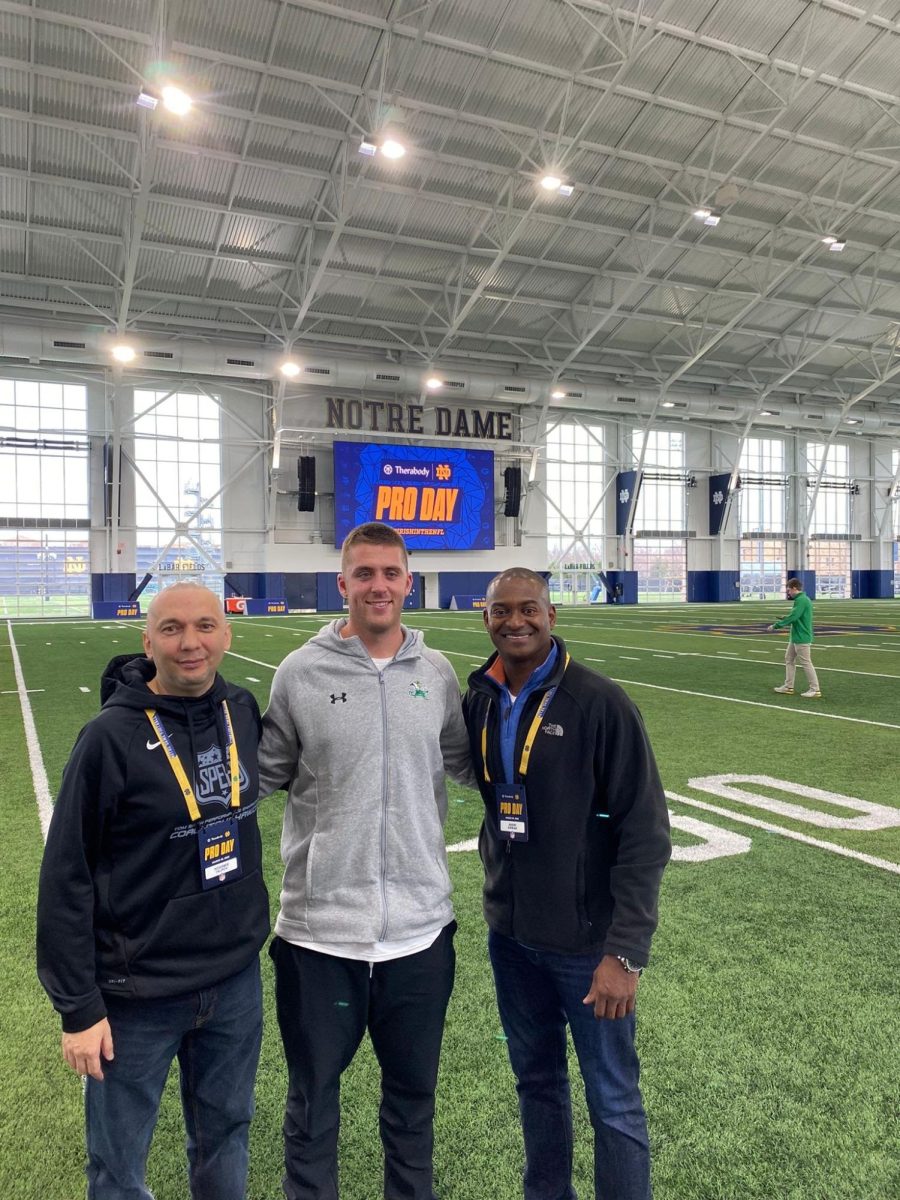
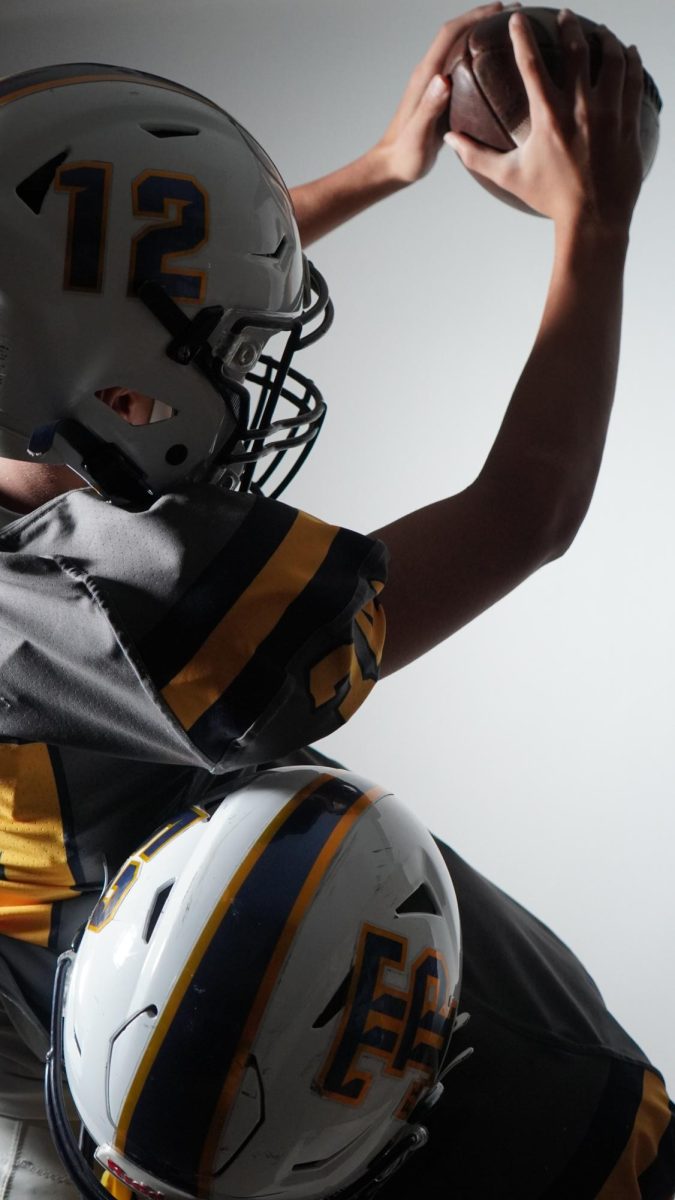

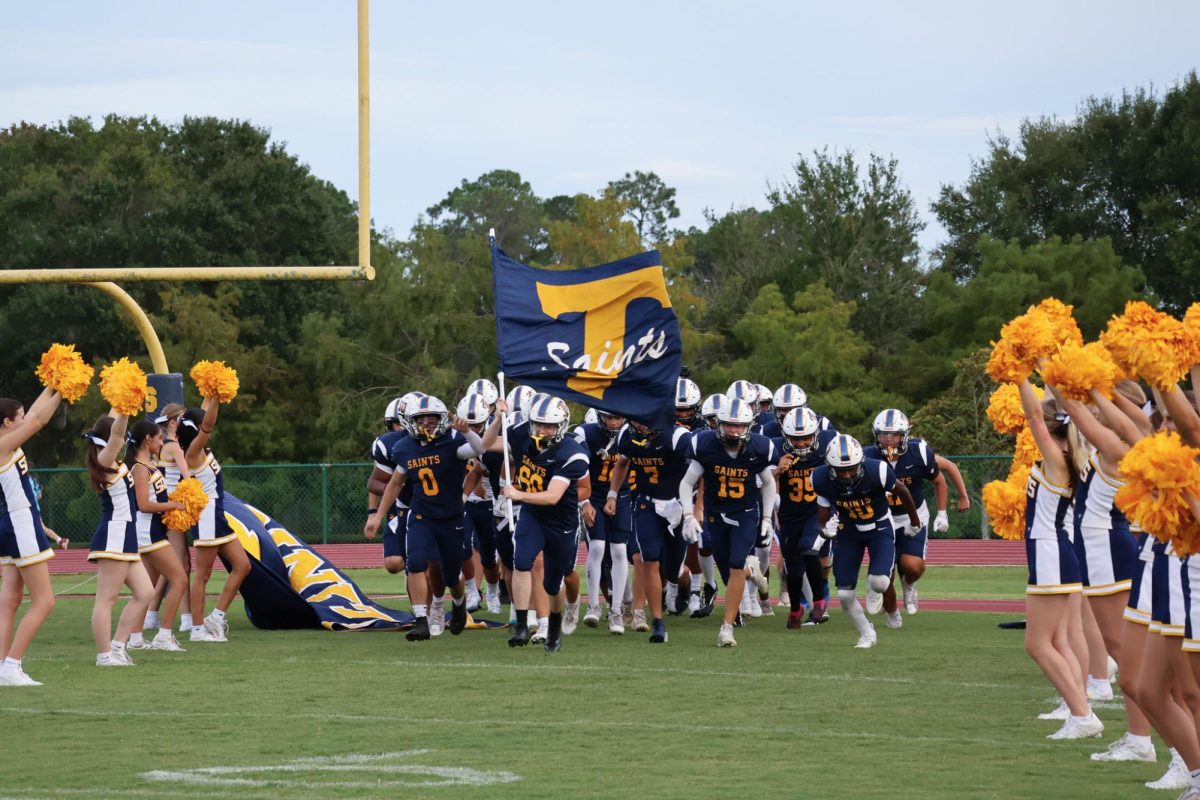
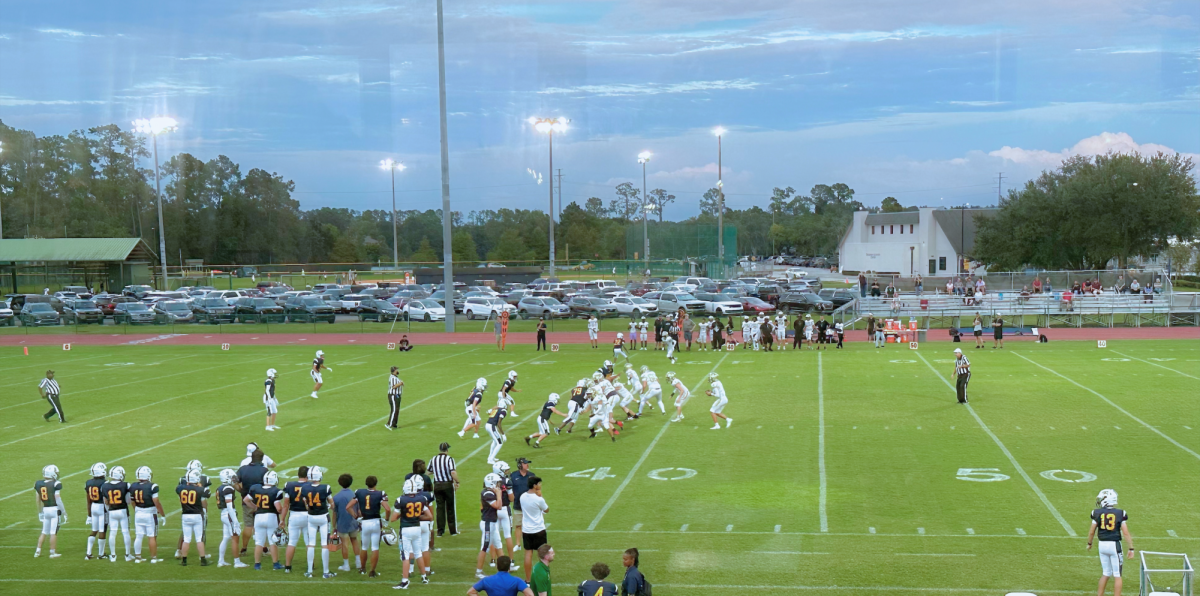
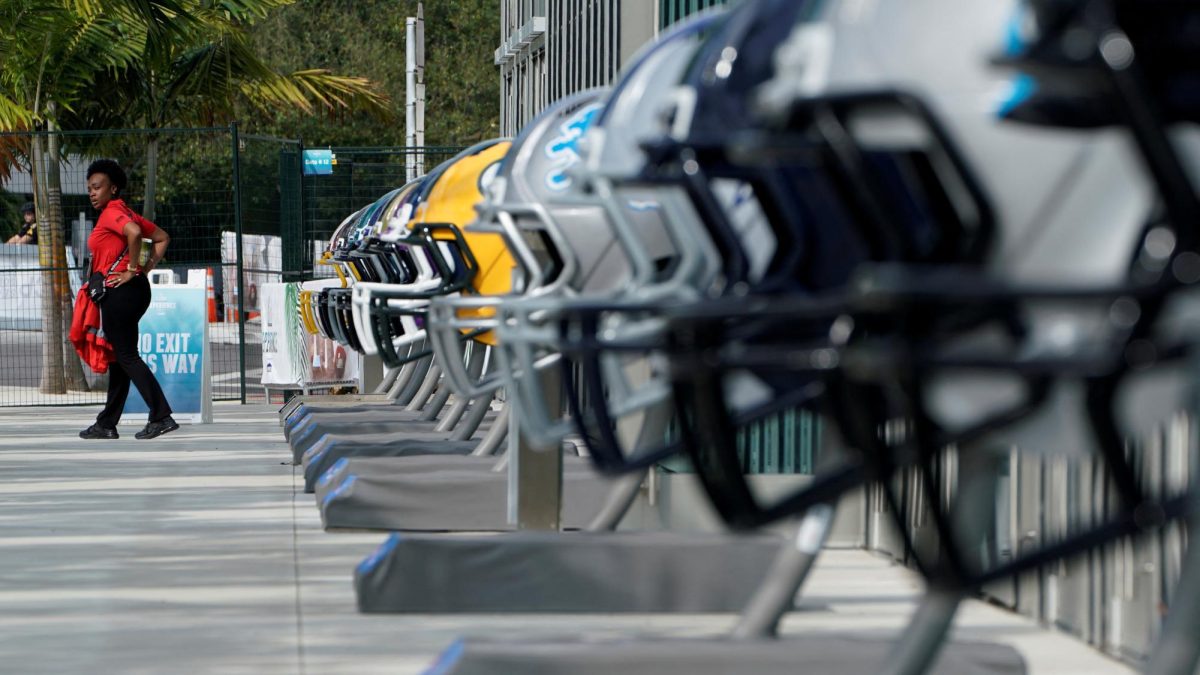

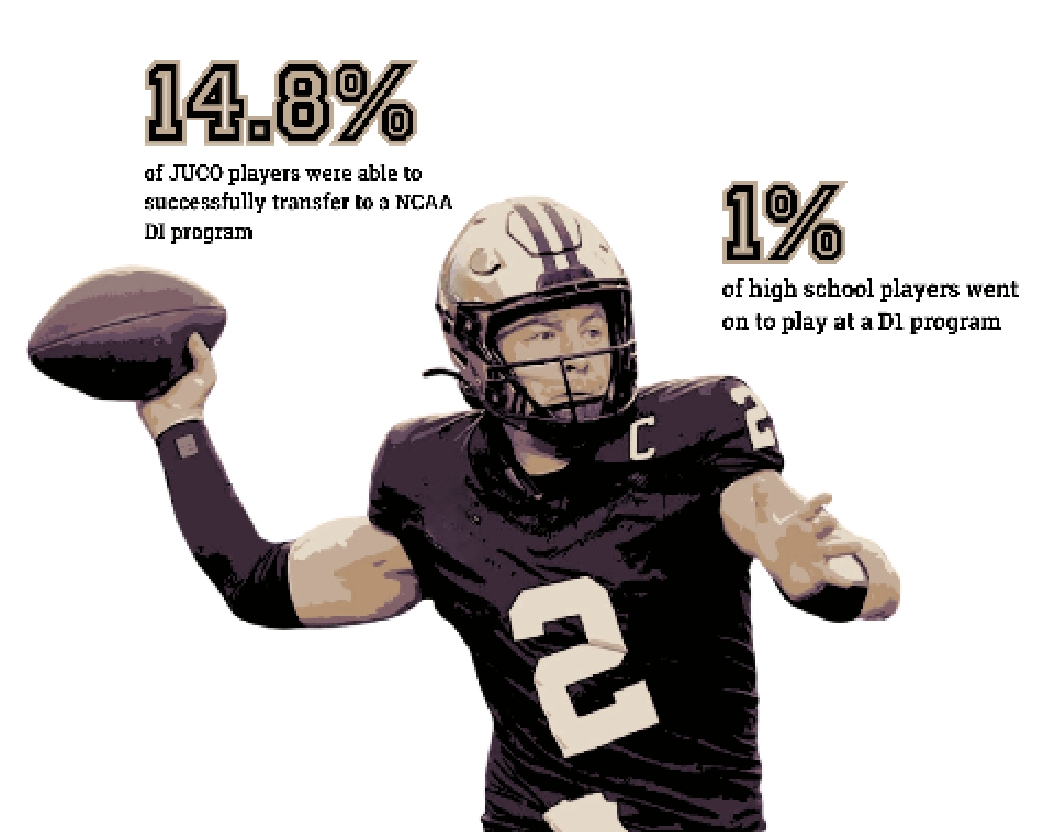




Lori Ann Chaussinand • Feb 22, 2024 at 10:00 pm
What an impressive story and so extremely well written. The story was laid out having a cadence which walked through each aspect keeping me wanting to read more. Very well done!